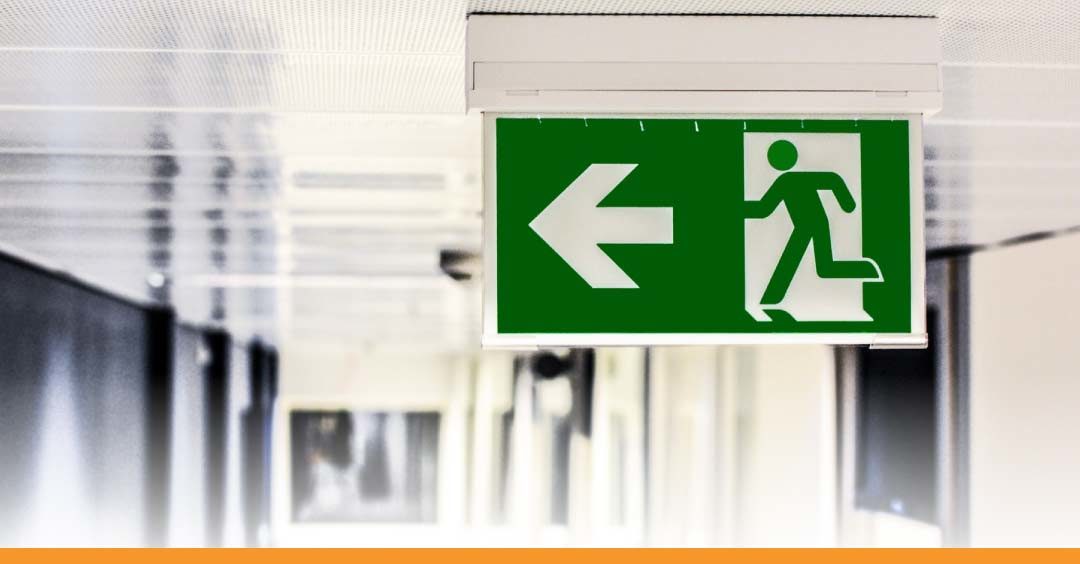Health and safety should be a main focus in all businesses. According to health and safety statistics, 30.7 million working days were lost in 2017/18 due to work-related illness and workplace injury. The cost of injuries and ill health from current working conditions is costing the UK economy an estimated £30 billion! With that in mind, it is vital that all business owners have an effective health and safety policy in the place. This should be reviewed and updated regularly so that all employees can work in a safe and secure environment. Here are the top health and safety considerations that every business owner should be aware of.
Risk assessment
Employers are responsible for the health and safety of all their employees, as well as any visitors on their business property, such as customers and suppliers. In order to identify any potential hazards, employers should carry out a risk assessment of the workplace. The risk assessment should contain information on any potential safety hazards, how they could harm people, and what you are doing to control the risk. Employers have a duty to take reasonable steps to prevent or reduce the risk of injury. For instance, a dimly-lit corridor could cause an employee to trip and injure themselves. The risk of this occurring could be minimised by installing more efficient lighting and ensuring that all walkways are kept clear and free from clutter. The risk assessment should be regularly reviewed and updated whenever any changes occur, for example, new equipment in the workplace, or employees reporting a safety hazard.
Consultation
Employers have a responsibility to provide their employees with information about the risks in their workplace, and what steps have been taken to protect them from any identified hazards. Employees should receive training on how to deal with these risks in the workplace. In addition, employers must consult employees on health and safety issues. Consultation can either be direct, or through a safety representative that is either appointed by a trade union or selected by the workforce.
Training
All workplaces have some level of risk, from small offices all the way to large construction factories. It is therefore important that all employees receive adequate training on health and safety. This should be reviewed and updated regularly, to ensure that all employees have the sufficient level of knowledge and understand the importance of health and safety procedures. One of the easiest ways to educate your employees is with a Nebosh training course. Educating employees on occupational health and safety will help reduce workplace accidents, saving your business from costly legal battles that can occur as a result of a workplace injury. In addition, prioritising the safety of your employees and keeping the workplace safe, could also help to improve productivity and satisfaction among your employees. This in turn could help reduce staff turnover and improve overall profits for your business in the long run.
Recording an accident
All work-related accidents or injuries, however minor, must be recorded in your business ‘accident book.’ All employers must keep an accident book on site, so that employees can keep a record of any incidents in the workplace. This information can be useful if an employee needs to take time off work due to an injury or claim compensation in the future. Keeping a record of all accidents also helps the employer to identify any hazards in the workplace and take steps to minimise the risk.
Reporting an accident
Under the Reporting of Injuries, Diseases and Dangerous Occurrences Regulations 2013 (RIDDOR), employers have a legal duty to report certain types of incidents to the relevant authorities. Any accident that is work-related and falls under the criteria for ‘reportable’ requires a RIDDOR report. You can complete an online report form on the government website. The form will be sent directly to the RIDDOR database and you will receive a copy for your records. Under the regulations, employers must report and keep records of the following incidents:
- major injuries or injuries lasting over seven days;
- dangerous occurrences i.e. incidents with the potential to cause harm;
- work-related diseases;
- work-related deaths.
Final thought
Workplace accidents and injuries are extremely common, and all working environments present some level of risk. For that reason, having an effective health and safety policy in place to protect employees and visitors is essential – regardless of your business or level of risk.
Article by Ella Hendrix ella.hendrix@
Do you have an original article that you think would benefit our readership? Get in touch and your article could be featured in this section and our newsletter which is seen by thousands of new and growing SMEs! All articles subject to review. For further info and article guidelines contact our marketing department marketing@nbv.co.uk

